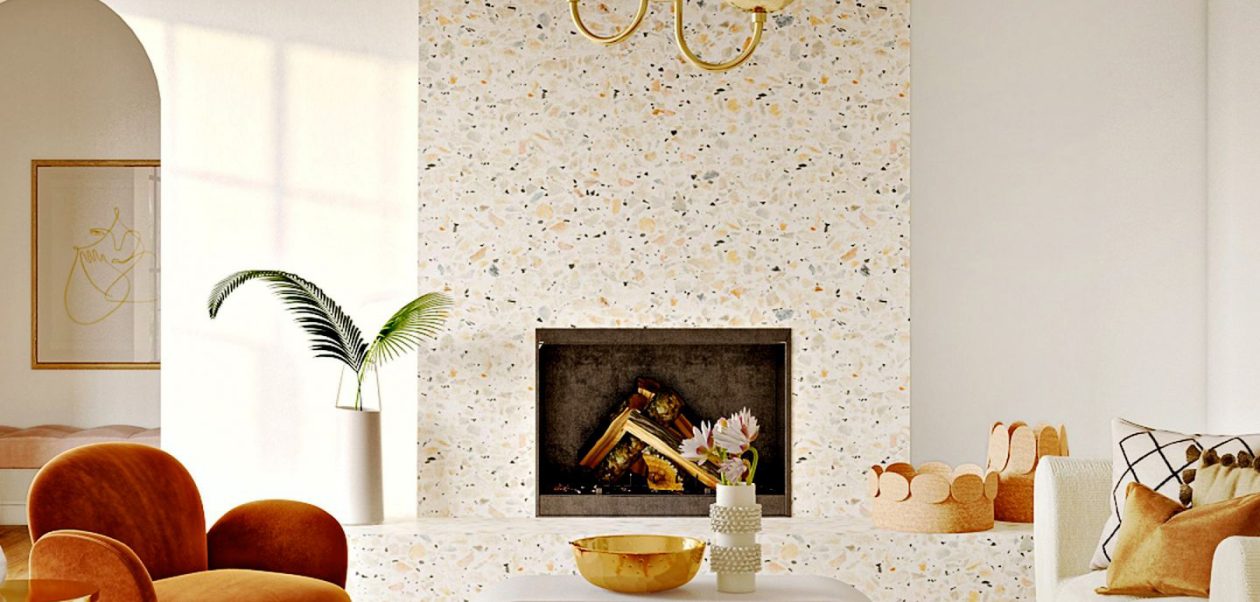Introduction
Monochromatic light art is a unique form of visual expression that has gained popularity in recent years. Artists use a single color or a limited range of colors to create their artworks, relying on the interplay of light and shadow to bring depth and dimension to their pieces. In this article, we will explore the beauty and diversity of monochromatic light art, from its history to its modern-day applications.
The History of Monochromatic Light Art
The use of monochromatic light in art can be traced back to the 19th century when photographers began experimenting with different types of film and lighting. This led to the development of techniques like color separation and filtering, which allowed artists to create images with a limited color palette. As photography evolved, so did the use of monochromatic light in other forms of art, including painting, sculpture, and installations.
Early Examples
One of the earliest examples of monochromatic light art is James Turrell’s Skyspaces, which he began working on in the 1970s. These are rooms or structures with an opening in the roof that allows viewers to observe the sky through a frame of monochromatic light. Turrell’s work explores the relationship between perception and light, creating an immersive and meditative experience for the observer.
Contemporary Artists
Today, monochromatic light art has evolved to include a diverse group of artists who use a range of mediums and techniques. Olafur Eliasson’s light installations, for example, often use the color spectrum to create immersive environments that play with the viewer’s perception of space and time. Meanwhile, Phillip K. Smith III takes a more minimalist approach, using LED lights to create geometric shapes and patterns in outdoor settings.
The Techniques of Monochromatic Light Art
There are several techniques that artists use to create monochromatic light art, each with its unique benefits and challenges.
Projection
Projection is a popular technique in monochromatic light art that involves casting an image onto a surface using a light source. Artists can use a range of projectors, including traditional slide projectors, digital projectors, and laser projectors, to create images with various levels of complexity and detail. One of the challenges of projection is finding a surface that can support the image while still allowing the light to shine through.
Sculpture and Installations
Monochromatic light can also be used to create three-dimensional sculptures and installations. These pieces often rely on the interplay between light and shadow to create depth and dimension. Artists may use materials like mirrors, glass, or translucent fabrics to manipulate the light and create a specific effect.
LED Light Panels
LED light panels are a relatively new technology in monochromatic light art that allows artists to create images with incredible precision and detail. These panels use hundreds or thousands of individual LEDs to create an image that can be programmed and controlled digitally. One of the advantages of LED light panels is their flexibility and versatility; they can be used to create everything from large-scale installations to small, intricate works.
The Future of Monochromatic Light Art
As technology continues to advance, and artists explore new ways of using light in their work, the future of monochromatic light art is boundless. In the coming years, we can expect to see more immersive and interactive installations, as well as works that incorporate other mediums and techniques.
Augmented Reality
One area of innovation in monochromatic light art is the use of augmented reality. Artists can use software and technology to overlay images onto the physical world, creating a surreal and interactive experience for the viewer. Augmented reality opens up new possibilities for artists to explore the relationship between light and space in exciting and innovative ways.
Environmental Art
As concerns about the environment continue to grow, we can expect to see more artists using monochromatic light to draw attention to the natural world. Environmental art, which seeks to raise awareness about social and environmental issues, is a growing field within monochromatic light art. These artworks use light to create a visual dialogue about climate change and other pressing issues.




